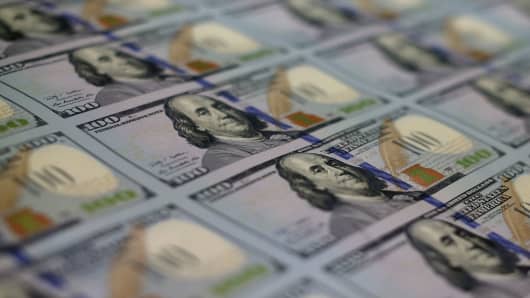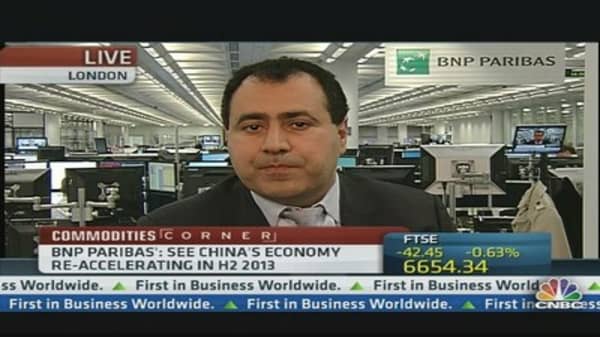The United States is in the midst of a surge in energy production, one that could realign one of the market's most reliable barometers: the inverse link between the U.S. dollar and oil.
Generally speaking, what's good for the dollar tends to be negative for oil, and vice versa—but the U.S. oil boom might be altering that rule of thumb.
With the U.S. suddenly awash in oil and gas, it has raised the question of whether the greenback can join the ranks of the dollars of Canada and Australia or the krone of Norway as a "commodity currency"—which tend to correlate directly with the price of oil.
"Energy is no longer a source of cost [for the U.S.] but a source of profit and employment," said Alessio de Longis, a portfolio manager at OppenheimerFunds.
"The case for the U.S. to become a net energy exporter is probably far away in the future," he added, "but what we are already seeing…is the correlation between the dollar and energy has been much weaker."
According to de Longis, the negative correlation between the greenback and oil has currently fallen to zero, becoming more similar to the link between crude and the currencies of Canada and Australia. Those two currencies normally trade with oil 50-60 percent of the time, but that positive correlation has dropped to 20-30 percent recently.
Calling surging U.S. production a product of an "aggressive exploration of shale resources," Bank of America said U.S. output has jumped to 7.3 million barrels of oil per day, "with production in the Lower 48 states increasing at a yearly rate of 920 thousand b/d, or 22 percent."





